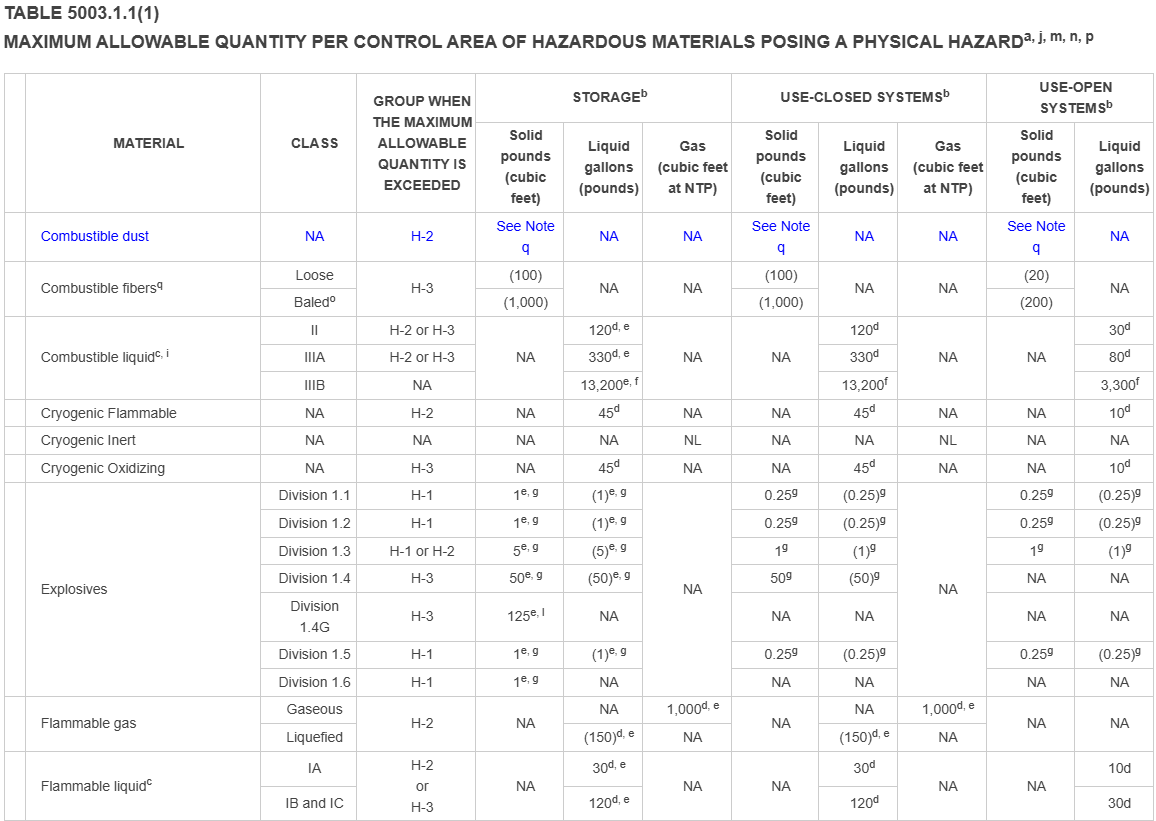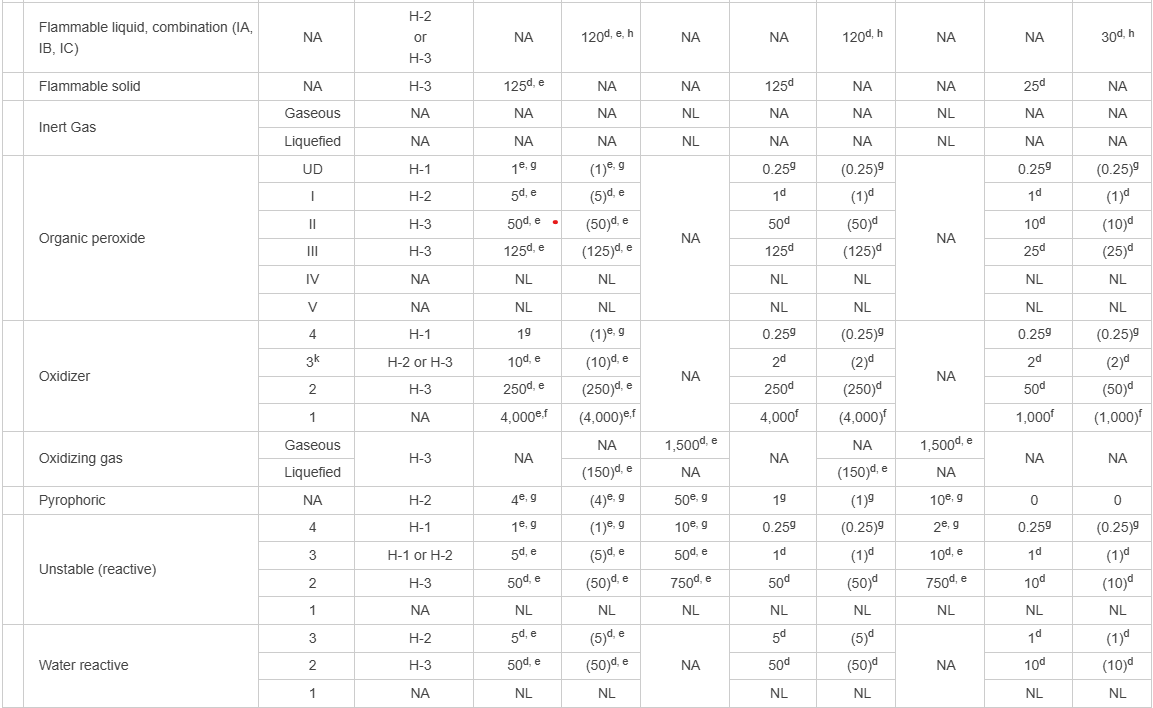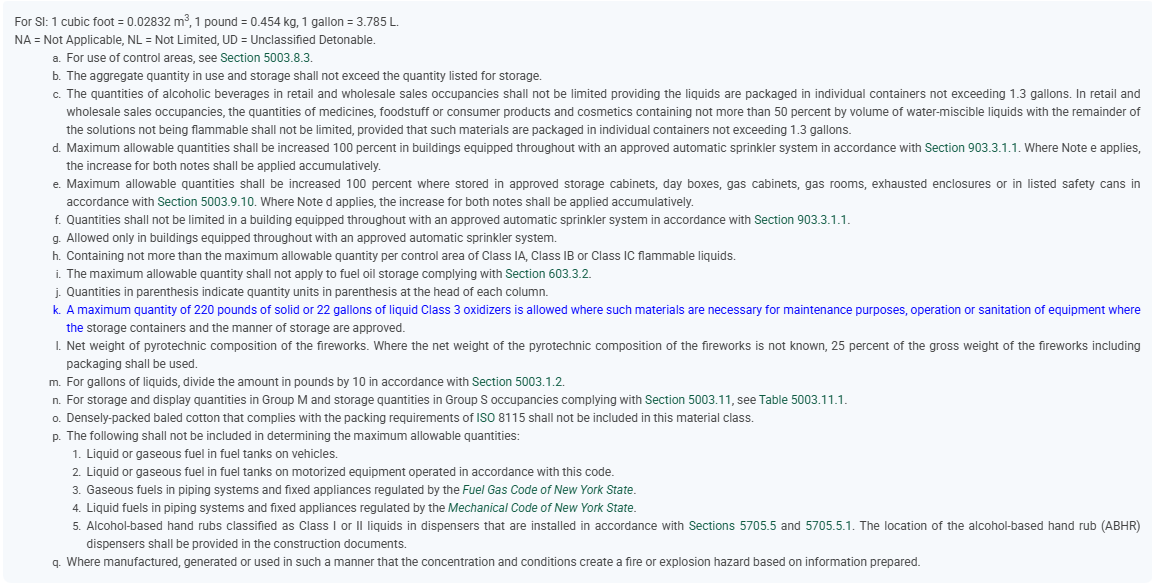Environmental Health & Safety (EHS) is currently working on a Maximum Allowable Quantities (MAQ) project. This project entails a number of steps, including completing a full chemical inventory of each laboratory and working with staff to learn how to properly utilize the Institutes Research Material Management (RMM) system.
MAQs are the maximum allowable quantities of hazardous materials that can be stored or used within a specific area known as a control area. New York State (NYS) Uniform Fire and Building Codes establish these limits which are broken down by physical state (solid, liquid, or gas) and hazard classes within each state. Compliance with NYS codes is the Institute's legal responsibility to ensure the safety of our campus.
Determining MAQs and where hazardous materials can be located involves a complex process that is explained through the resources provided below. Additionally, EHS follows an internal procedure titled Determining Maximum Allowable Quantities. EHS is available to support labs in evaluating MAQs.
In addition to the quantities, physical states and hazard classes of hazardous materials, MAQ determinations rely on many additional factors:
- Hazardous material storage and use
- The type of code determined occupancy of the space and building
- Building and space attributes such as:
- Ventilation
- Fire sprinkler systems
- Fire resistance ratings of walls and doors
- Engineering controls
As seen in the MAQ tables below, there are many categories and MAQs for each that must be considered for each control area or laboratory suite on campus.




